 |
 |
 |
| |
PWH Mortality Declined. Disparities Blacks, Socially Vulnerable, Older PWHL: CDC Analysis
|
| |
| |
Disparities in Mortality among PWH, Despite Overall Decrease Black People with HIV Account for Disproportionate Share of Deaths (52%). Causes- HIV mostly but also 18% comorbidities. Social vulnerability (including >65) leads to higher mortality rates: "There are highly vulnerable populations that need targeted approach". Highest death rates in South, 2nd in Northeast.
Mortality Dropping 4% Yearly in (Some) US People With HIV
IDWeek, October 16-19, 2024, Los Angeles
Mark Mascolini
From 1999 to 2023, overall mortality fell 4.34% yearly across the US HIV population, according to CDC WONDER database numbers analyzed by non-CDC researchers [1]. Black or African-American people accounted for more than half of the deaths, though they represent under 14% of the US general population. Half of deaths in people with HIV occurred in the South.
Because mortality trends in US residents with HIV are scrupulously recorded but not often scrutinized, researchers from AdventHealth Sebring in Florida and the University of Kentucky undertook a group-by-group and year-by-year dissection of the death rate in people with HIV from 1999 to 2023. The numbers they combed through came from the freely accessible CDC WONDER database ( https://wonder.cdc.gov/), which includes research data published by the CDC, reference works, and reports on health topics, including mortality in all 50 States and Washington, DC for the years 1999 to 2023 [2]. The researchers abstracted national mortality data from CDC WONDER files including underlying cause of death, and they identified deaths in people with HIV from ICD-10 codes. The Sebring team used Joinpoint analysis to chart trends in age-adjusted mortality rate and expressed results as annual percentage change (APC) and average annual percentage change (AAPC).
In the 1999-2023 study period, 271,932 US residents with HIV died, 74.2% of them males (AAPC -4.27) and 25.8% females (AAPC -4.26). Overall AAPC stood at -4.34. Black people with HIV accounted for a disproportionate share of deaths (52.6%), followed by whites (32.0%), Hispanics (13.4%), Asians or Pacific Islanders (0.79%), and American Indians or Alaska Natives (0.62%). The greatest proportion of deaths in people with HIV occurred in people 45 to 54 years old (30.1%), those 35 to 44 (26.5%), and those 55 to 64 (20.4%). Age-adjusted AAPC fell the most in people under 25 years old (-8.32), followed by those 25 to 44 (-7.6) and 45 to 64 (-3.45). AAPC rose in people 64 or older (+3.96).
People living in large metropolitan areas accounted for more than two thirds of deaths with HIV (69.9%), while 22.4% of recorded deaths occurred in medium to small metropolitan areas, and 7.7% in nonmetro areas. Half of deaths in people with HIV (50%) occurred in the South (AAPC -4.15), 23% in the Northeast (AAPC -6.39), 17% in the West (AAPC -3.84), and 11% in the Midwest (-3.51). HIV infection explained 12.5% of total deaths in Florida (AAPC -5.29), 12.0% in New York State (AAPC -6.65), 11.1% in California, 8.7% in Texas, and 5.2% in Georgia (AAPC -4.47).
Causes of death in people with HIV were HIV itself in 82.8%, malignant neoplasm in 5.3%, cardiovascular disease in 4.0%, chronic lower respiratory disease in 1.4%, and chronic liver diseasein 1.1%. In cases with HIV as the underlying cause of death, the ultimate cause was infection or parasitic disease in 37%, malignant neoplasm in 8%, and an unspecified or other disease in 55%.
Crude mortality tracked closely with quartile of the CDC'S Social Vulnerability Index, in which a higher score indicates higher vulnerability risk [3]: 0.48 +/- 0.71 in quartile 1, 1.30 +/- 1.48 in quartile 2, 2.34 +/- 3.47 in quartile 3, and 4.48 +/- 3.60 in quartile 4.
References
1. Asghar MS, Ekpendu A, Ahmed N, et al. HIV mortality trends among the United States population from 1999-2023: a retrospective study using the CDC Wonder Database. IDWeek, October 16-19, 2024, Los Angeles. Abstract 390.
2. Centers for Disease Control and Prevention. CDC WONDER. https://wonder.cdc.gov/
3. Centers for Disease Control and Prevention. CDC/ATSDR SVI overview. https://www.atsdr.cdc.gov/placeandhealth/svi/index.html
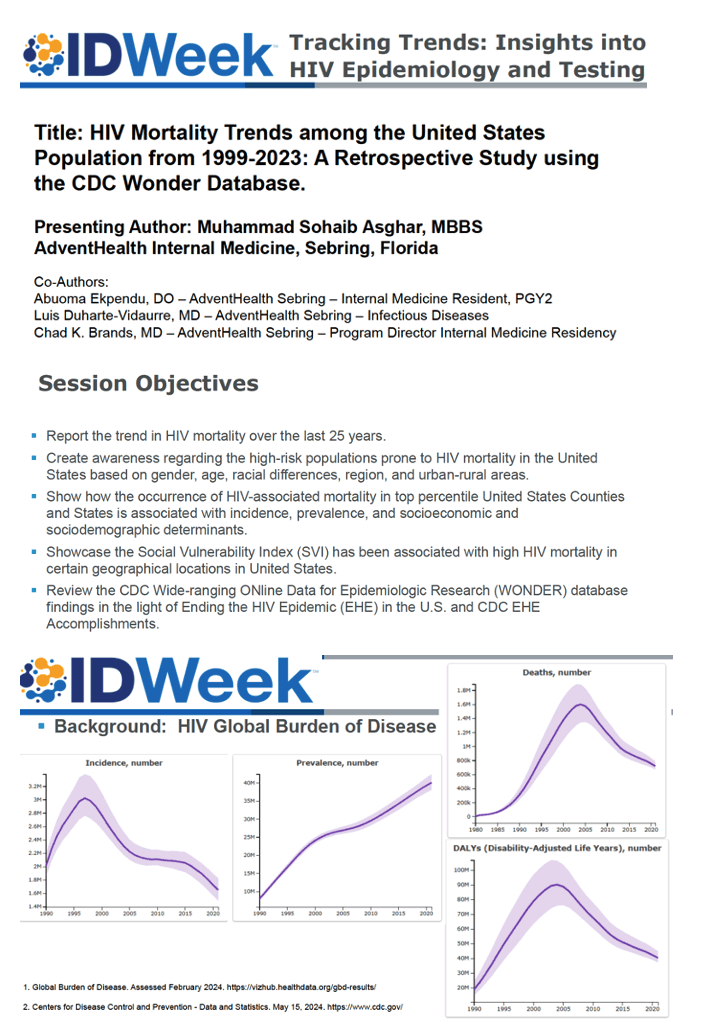
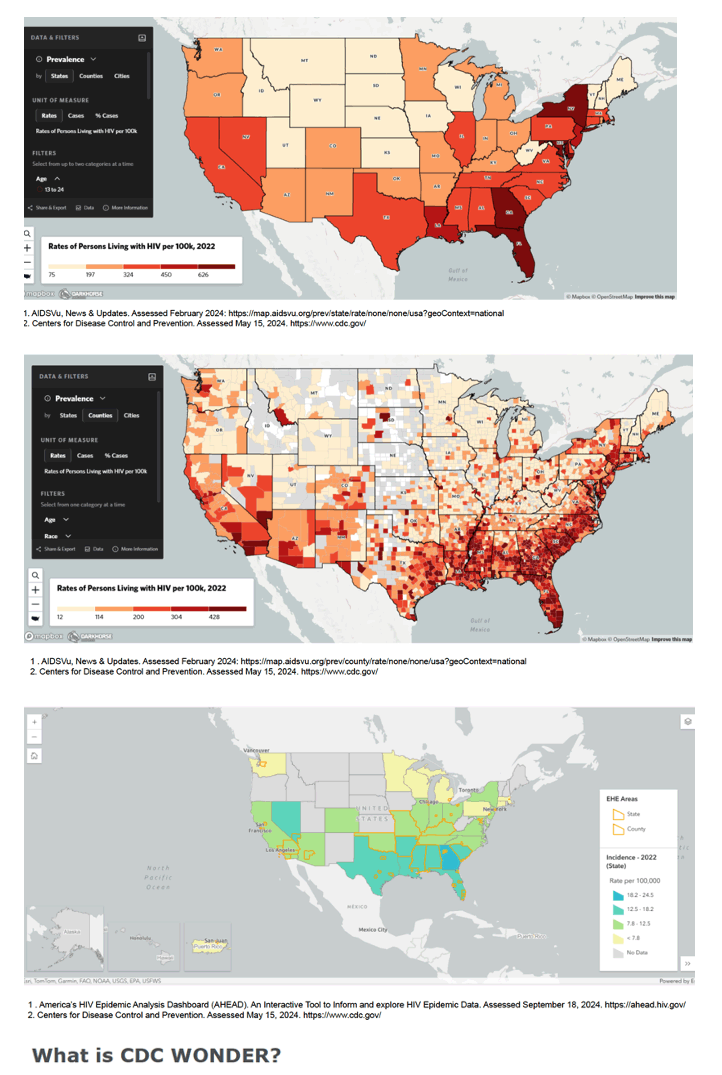
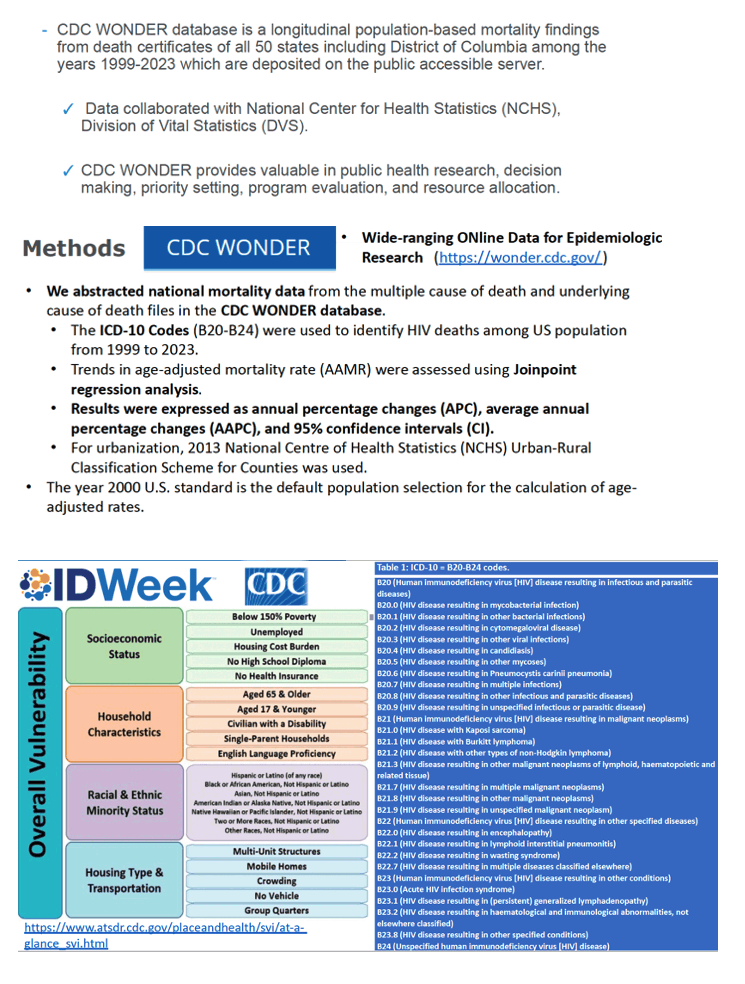

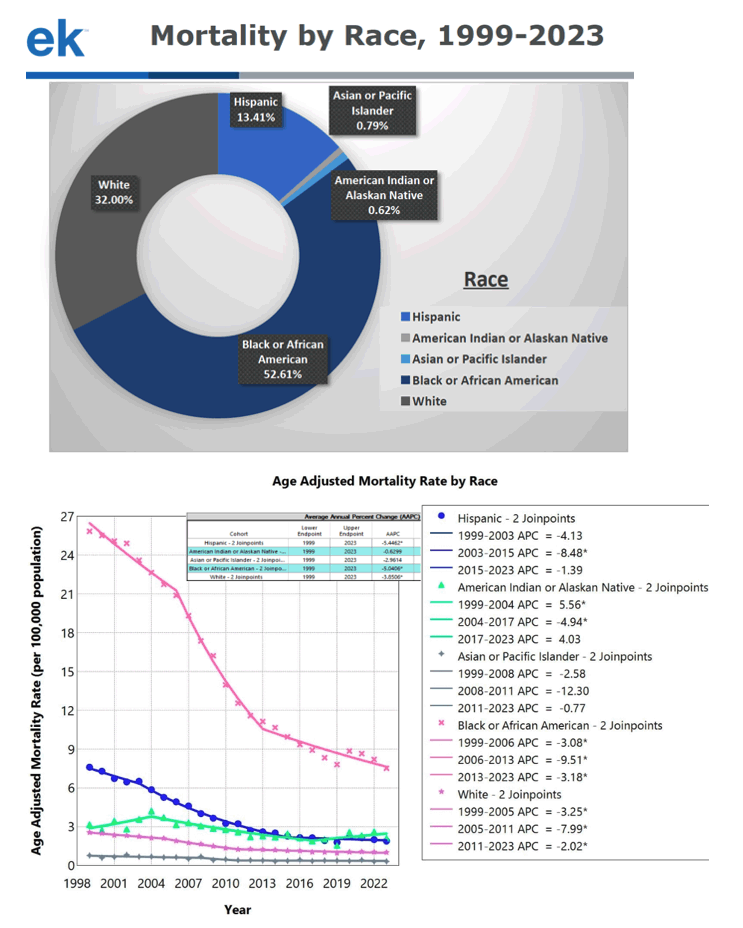
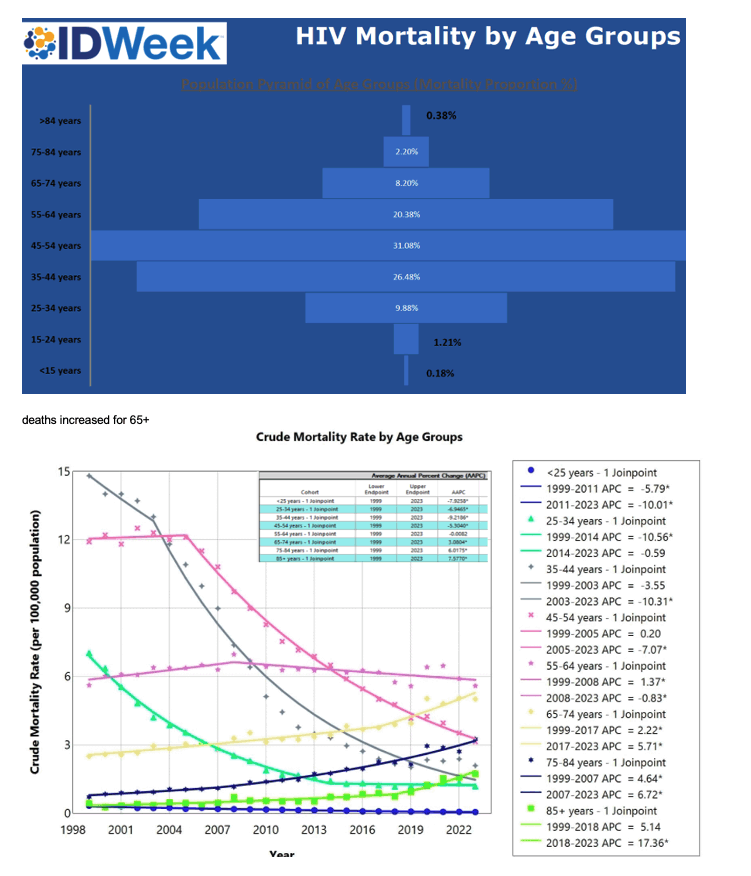
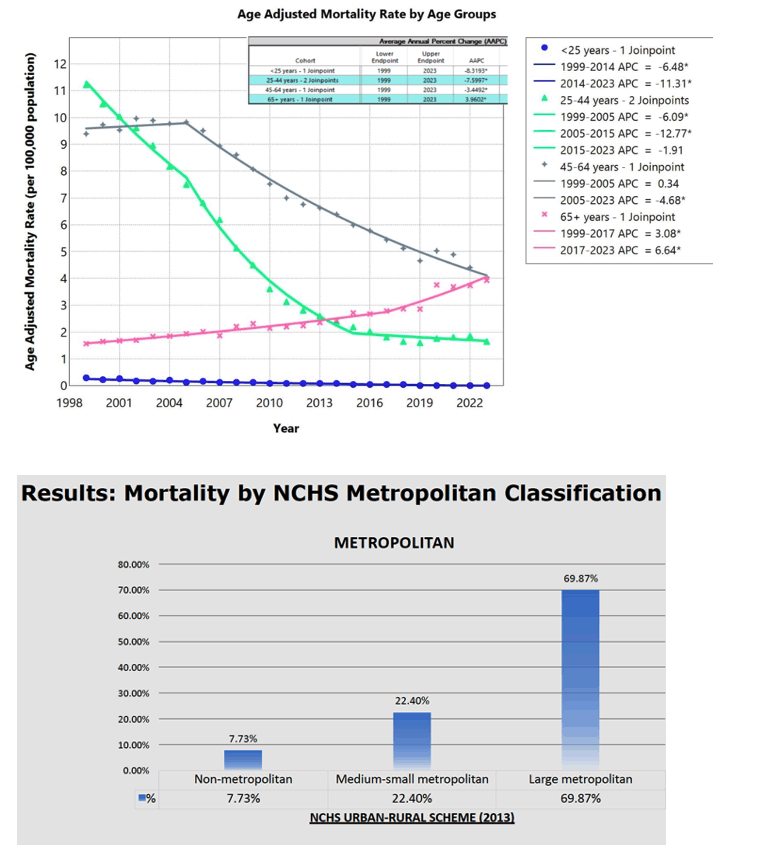
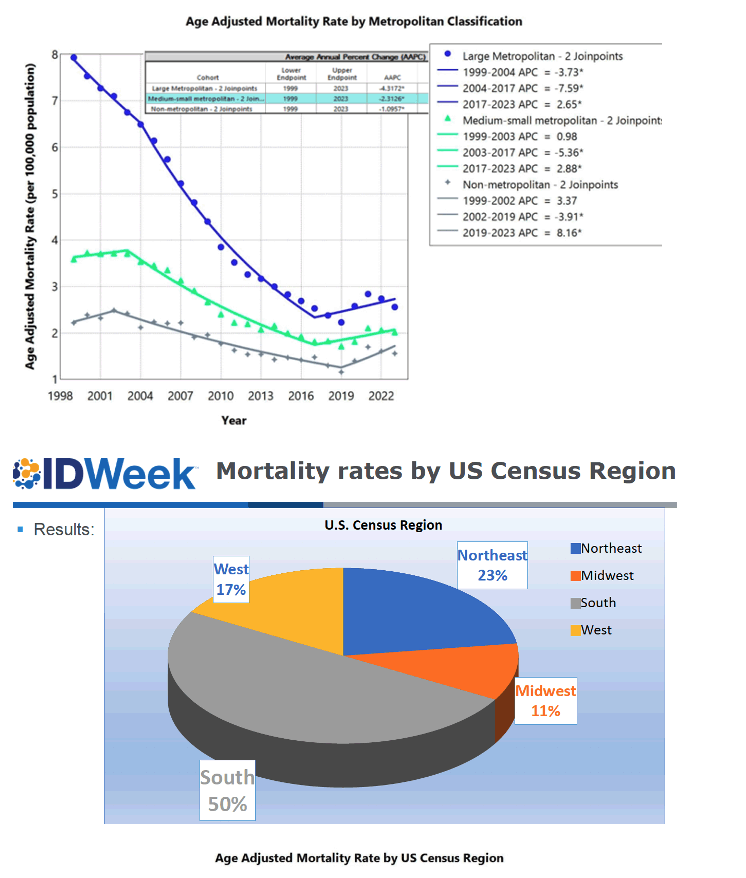
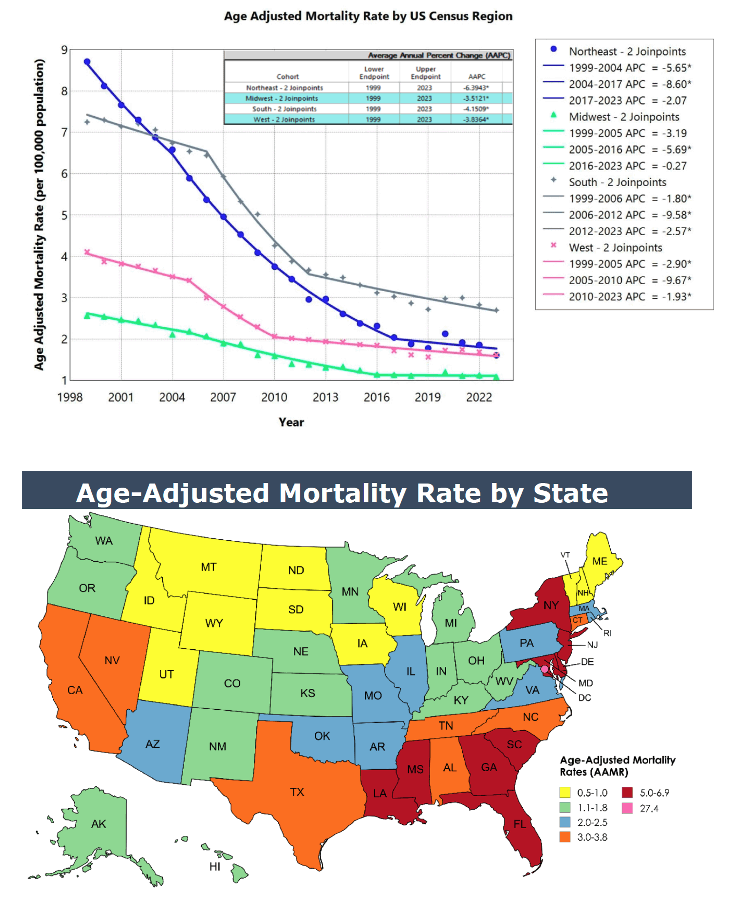
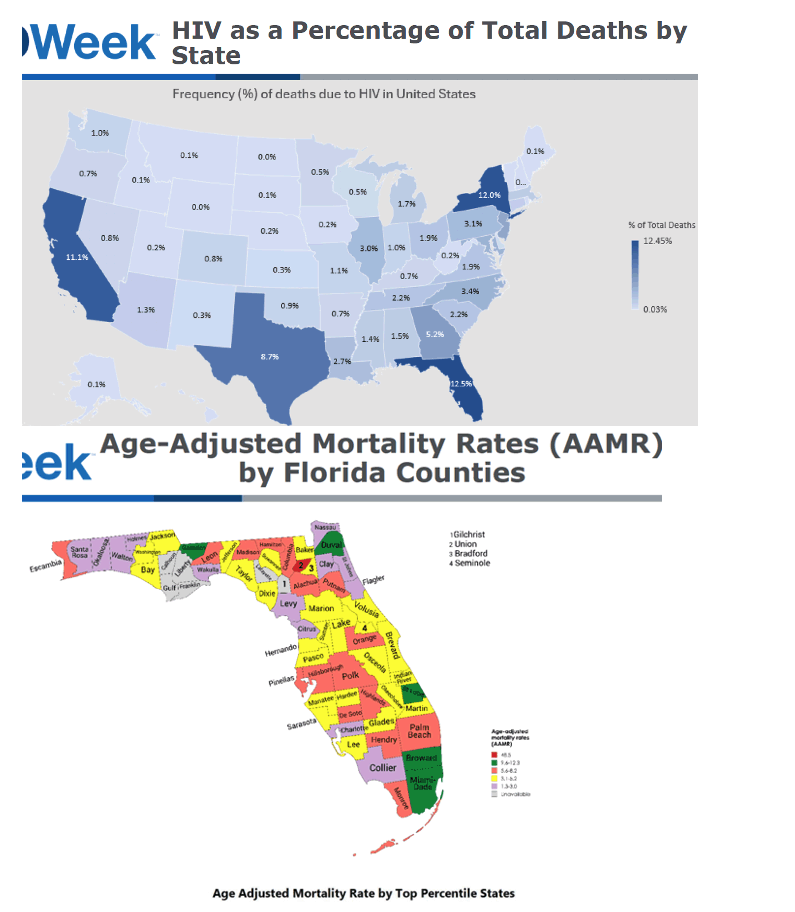
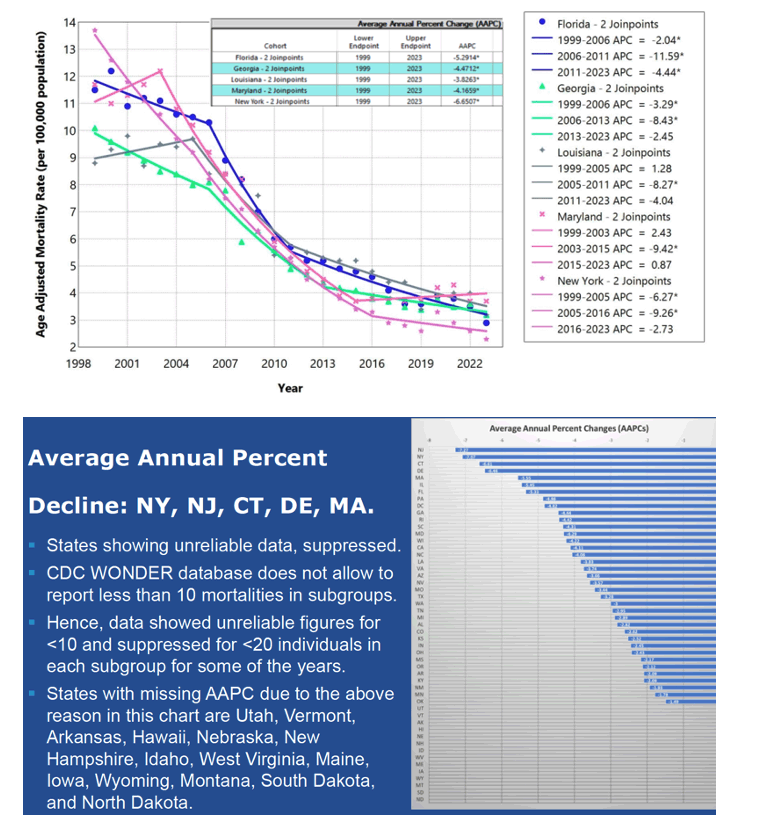
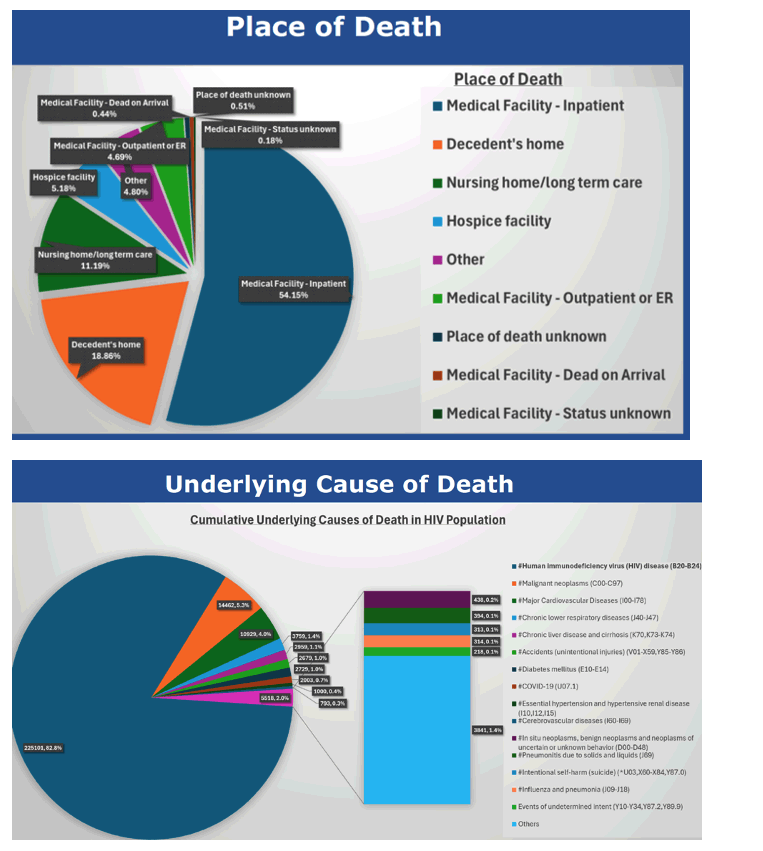
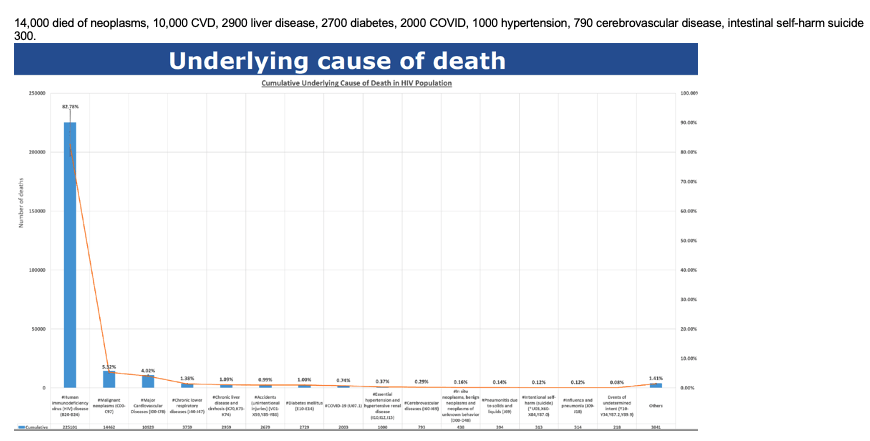
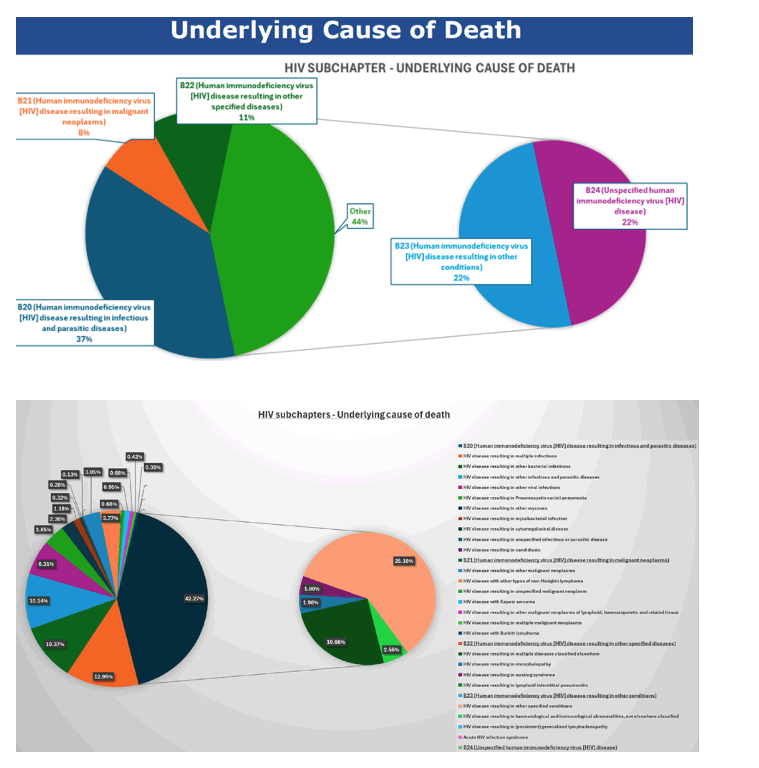
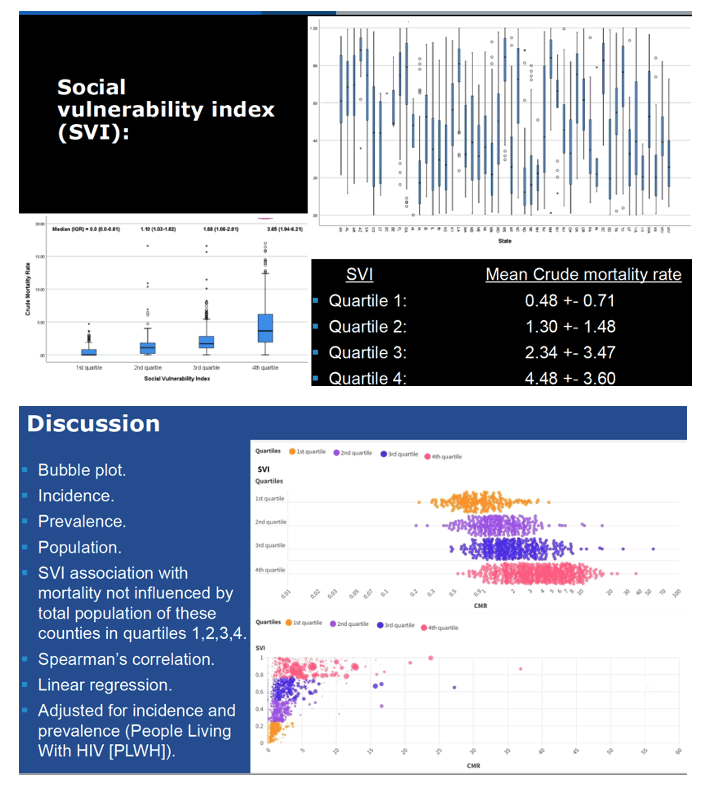
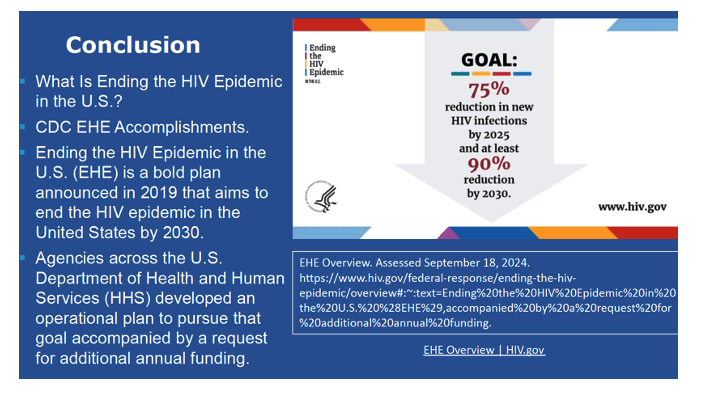
|
| |
|
 |
 |
|
|